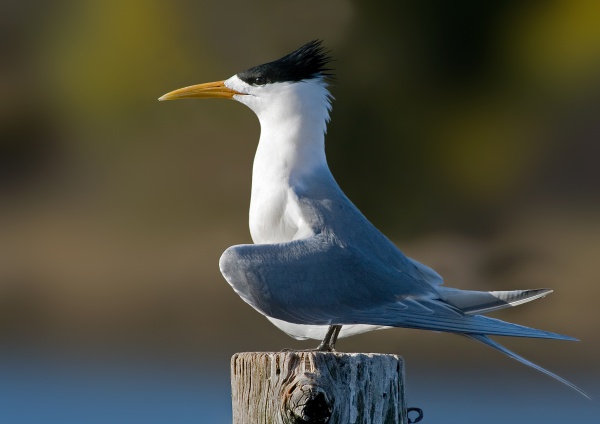Facts About Swift Tern
The greater crested tern, often referred to simply as the crested tern or swift tern, is a captivating seabird belonging to the Laridae family. These terns are frequently observed nesting in large, bustling colonies along coastlines and islands in tropical and subtropical regions of the Old World. There are five recognized subspecies, with breeding ranges extending from South Africa, across the Indian Ocean, to the central Pacific and Australia. After the breeding season, they disburse over vast distances.
Distinguished by their size and bill color, the greater crested tern is closely related to the royal tern and the lesser crested tern. This large tern features grey upperparts, white underparts, a vivid yellow bill, and a shaggy black crest that becomes sleeker in winter. Juveniles exhibit a distinct plumage of grey, brown, and white. Post-fledging, young terns remain dependent on their parents for several months, relying on them for food.
In terms of foraging, these terns are skilled divers, plunging into the water to capture fish. Their courtship ritual includes the male presenting fish to the female. Demonstrating their adaptability, they often follow fishing boats to scavenge bycatch and occasionally nest in unconventional locations like building roofs or artificial islands.
Despite their resilience, greater crested terns face various challenges. Predators such as gulls threaten their colonies, and human activities like fishing, shooting, and egg harvesting can negatively impact their populations. Nevertheless, the global population remains robust, totaling over 500,000 individuals.
Taxonomically, the greater crested tern is classified within the genus Thalasseus and shares close relations with the lesser crested tern and royal tern. The approximately five geographical races exhibit slight morphological differences. These terns inhabit coastal regions from South Africa to the Pacific and Australia, with breeding colonies established on numerous islands in the Indian and Pacific Oceans.
Behaviorally, greater crested terns are colony breeders and monogamous. They primarily feed on fish, which they capture by plunging into the water. Given their extensive range, they are not currently considered globally at risk. Conservation initiatives, such as those under the Agreement on the Conservation of African-Eurasian Migratory Waterbirds (AEWA), are aiding in their long-term conservation.
